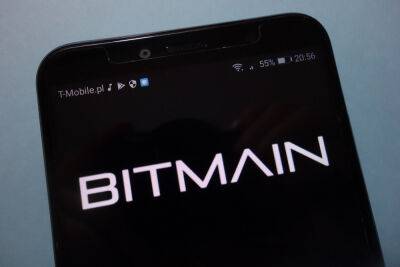Ethereum ERC-4337 ‘bundlers’ — How hard is joining the network?
A new decentralized layer has been added on top of Ethereum to make smart accounts possible with the introduction of ERC-4337 and account abstraction — but infrastructure providers suggest it may be tricky to participate profitably right now.
ERC-4337, commonly called “smart accounts” or “account abstraction” was deployed on the Ethereum mainnet on March 1. “Smart accounts” are essentially a supercharged version of an Ethereum wallet. Although smart contract wallets already exist, they rely on centralized components. ERC-4337 changes that with a distributed network of “Bundlers” and “Paymasters.”
Under the hood, there are a few subtle but significant changes — namely the addition of the “User Intent Layer” — explained Matt Cutler, co-founder and CEO of Blocknative, a core Ethereum infrastructure provider.
According to Cutler, an Ethereum transaction today involves several discrete steps.
A user accesses their standard externally-owned account (EOA) or private key to compose a signed transaction — for example, transferring a nonfungible token (NFT) to another user.
This transaction is then sent to the public mempool — which could be described as a shared queue for transactions — to be plucked out by a “Builder” who organizes it into a “profitable block.” From there the block is proposed to a Validator who ultimately proposes and publishes it on-chain, completing the transaction.
Under ERC-4337, the new “User Intent Layer” is introduced before the current EOA step.
This additional layer allows a user to initiate more complex transactions in a single step. To make this possible, ERC-4337 introduces an “Alternative Mempool” and a network of transaction Bundlers, and along with it — a new way to earn fees.
A Bundler is a node
Read more on cointelegraph.com









